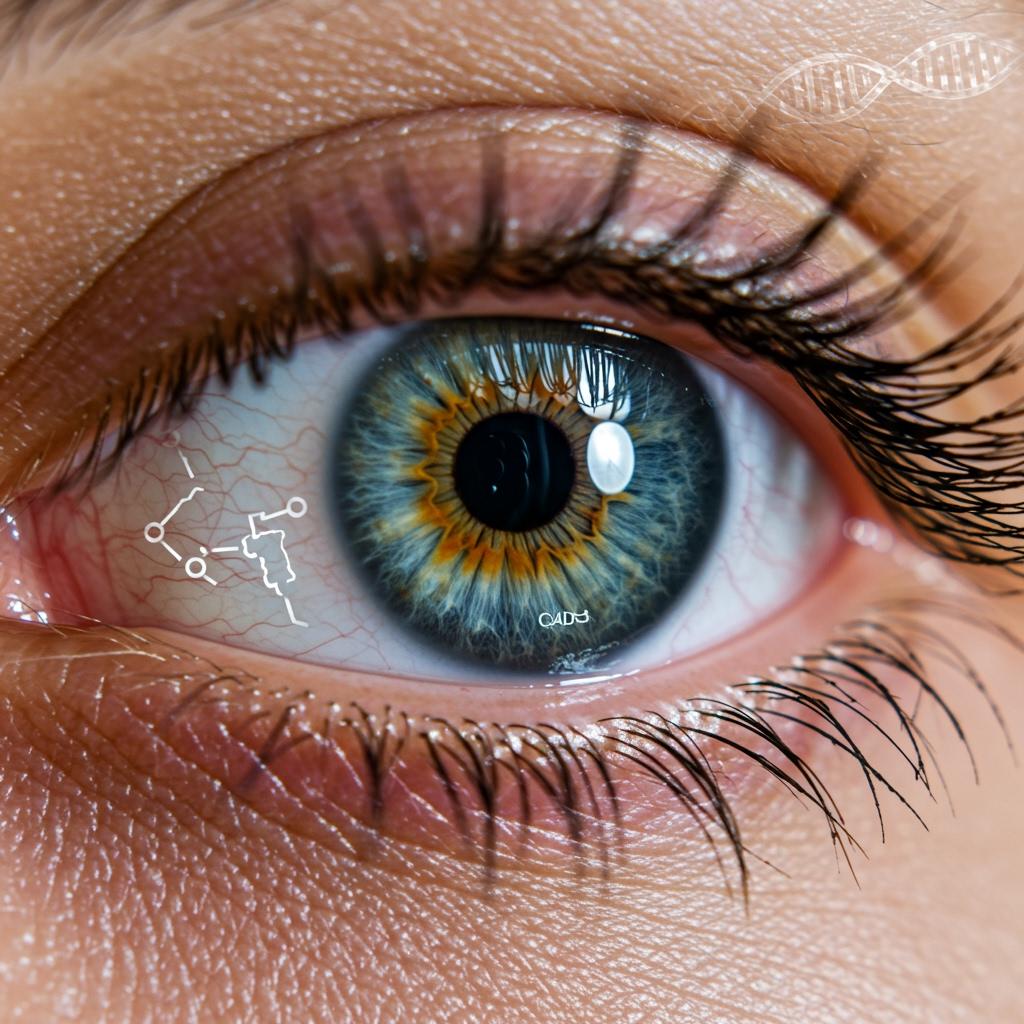CRISPR gene editing cures genetic blindness in lab trials
 CRISPR gene editing targets faulty genes in the eye, offering hope to cure inherited blindness.
CRISPR gene editing targets faulty genes in the eye, offering hope to cure inherited blindness.
CRISPR Gene Editing: A New Dawn for Treating Genetic Blindness
By Peter Teoh, Science Writer
Imagine a world where scientists can fix broken genes that cause blindness — not just in theory, but right inside your eyes. Thanks to a cutting-edge tool called CRISPR, this is becoming a reality, and it’s especially exciting for people born with inherited blindness.
What’s CRISPR, Anyway?
CRISPR is a gene-editing technology that works like tiny, precise scissors for DNA — the instruction manual inside our cells. Scientists can use CRISPR to cut out faulty parts of DNA and fix or replace them with healthy versions. It’s like editing a typo in a book, but the book is your genetic code.
Fighting Blindness with Gene Editing
A rare genetic condition called Leber congenital amaurosis (LCA) causes severe vision loss or blindness from birth. It happens because of mutations in a gene named CEP290, which is crucial for eye cells to work properly. Until recently, there was no effective treatment for LCA.
But in a groundbreaking clinical trial, scientists used CRISPR to edit the CEP290 gene directly inside the eyes of 14 people, including children. They delivered the gene-editing tool through a single, carefully done injection into the eye. This therapy, called EDIT-101, aimed to repair the faulty gene and restore some vision.
Promising Results from the Lab to Real Life
The results were inspiring: 11 out of 14 participants experienced improvements in vision, such as better ability to see light, recognize shapes, and even navigate in different lighting conditions. Some could even read letters on an eye chart for the first time in years. These improvements happened without serious side effects.
Doctors watched the patients carefully for months and confirmed that the treatment was safe and effective enough to continue testing in larger groups. This is the first time gene editing has been used inside the human eye to treat inherited blindness — a huge step forward in medicine.
Why This Matters for You
This trial shows that gene editing could one day cure other genetic diseases, not just blindness. It proves that we can safely edit genes inside the body, opening doors to new treatments for many conditions that were once untreatable.
For teenagers interested in science, this is a powerful example of how biology, technology, and medicine come together to change lives. It’s a peek into the future, where diseases caused by genetic mistakes might be corrected before they cause harm.
Side Notes
- LCA stands for Leber congenital amaurosis, a rare inherited eye disorder causing early childhood blindness.
- CRISPR-Cas9 is the most common gene-editing tool used in labs and clinics.
- The gene-editing medicine used in the trial is called EDIT-101.
- Vision improvements were measured by tests like visual acuity (how clearly you see) and ability to detect light and shapes.
Trending Sidebar
- Gene Editing Beyond Eyes: Scientists are exploring CRISPR to treat blood diseases like sickle cell anemia and beta-thalassemia.
- Ethics of Gene Editing: Experts discuss how to use powerful gene tools responsibly.
- Future Tech: New versions of CRISPR are being developed to be even more precise and safe.
- How to Get Involved: Many universities offer teen programs in genetics and biotechnology.
Gene editing is no longer science fiction — it’s happening now, bringing hope to millions affected by genetic blindness and other diseases.